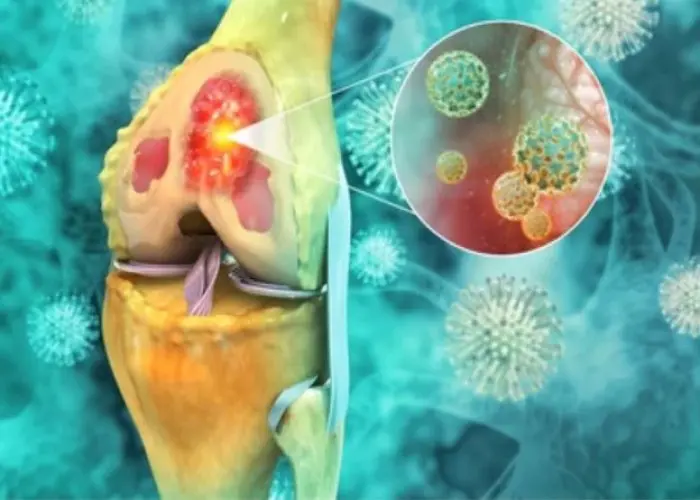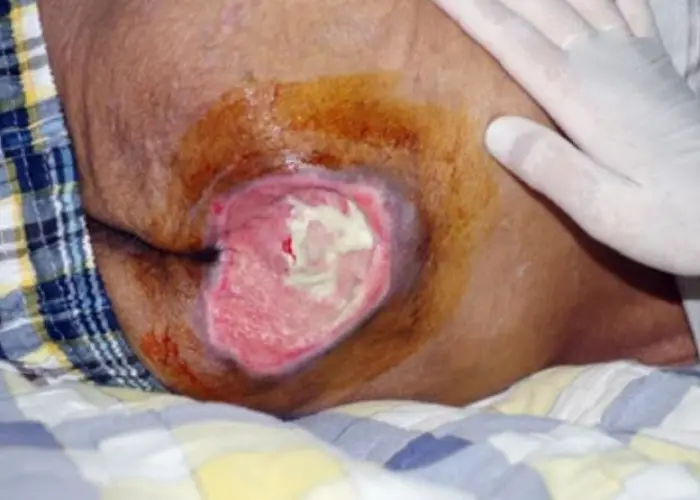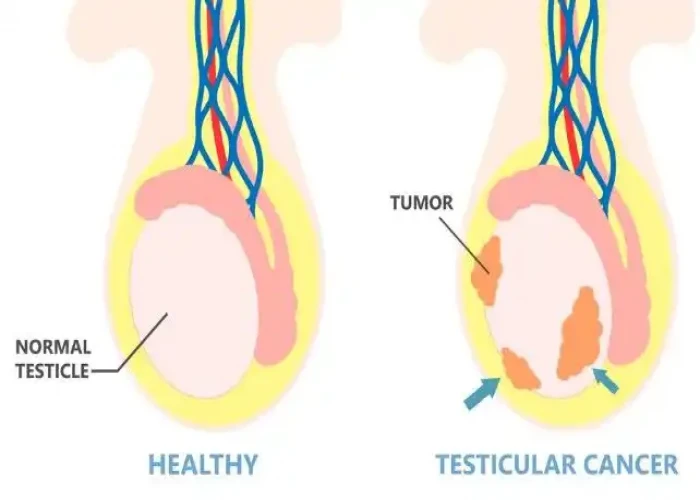 Welcome
Welcome
“May all be happy, may all be healed, may all be at peace and may no one ever suffer."
Bone cancer

Bone cancer is a rare type of cancer that develops in bone tissue. It can be primary, meaning it originates in the bone, or secondary, meaning it spreads to the bone from another part of the body. Primary bone cancer can develop in different types of bone cells, and the most common types include osteosarcoma, chondrosarcoma, and Ewing sarcoma. Symptoms of bone cancer may include pain, swelling, and fractures in the affected bone, as well as general fatigue and unexplained weight loss. Treatment for bone cancer depends on the type, stage, and location of the cancer and may include surgery, radiation therapy, chemotherapy, or a combination of these treatments. Early detection is important for successful treatment of bone cancer.
Research Papers
Disease Signs and Symptoms
- Bone pain
- Weakened bone (osteoporosis)
- Fatigue (Tiredness)
- Weight loss
- Swelling and tenderness near the affected area
Disease Causes
Bone cancer
The cause of most bone cancers is unknown. A small number of bone cancers have been linked to hereditary factors, while others are related to previous radiation exposure.
Types of bone cancer
Bone cancers are broken down into separate types based on the type of cell where the cancer began. The most common types of bone cancer include:
- Osteosarcoma. Osteosarcoma is the most common form of bone cancer. In this tumor, the cancerous cells produce bone. This variety of bone cancer occurs most often in children and young adults, in the bones of the leg or arm. In rare circumstances, osteosarcomas can arise outside of bones (extraskeletal osteosarcomas).
- Chondrosarcoma. Chondrosarcoma is the second most common form of bone cancer. In this tumor, the cancerous cells produce cartilage. Chondrosarcoma usually occurs in the pelvis, legs or arms in middle-aged and older adults.
- Ewing sarcoma. Ewing sarcoma tumors most commonly arise in the pelvis, legs or arms of children and young adults.
Disease Prevents
Disease Treatments
The treatment options for your bone cancer are based on the type of cancer you have, the stage of the cancer, your overall health and your preferences. Different bone cancers respond to different treatments, and your doctors can help guide you in what is best for your cancer. For example, some bone cancers are treated with just surgery; some with surgery and chemotherapy; and some with surgery, chemotherapy and radiation therapy.
Surgery
The goal of surgery is to remove the entire cancerous tumor. In most cases, this involves special techniques to remove the tumor in one single piece, along with a small portion of healthy tissue that surrounds it. The surgeon replaces the lost bone with some bone from another area of your body, with material from a bone bank or with a replacement made of metal and hard plastic.
Bone cancers that are very large or located in a complicated point on the bone may require surgery to remove all or part of a limb (amputation). As other treatments have been developed, amputation is becoming less common. If amputation is needed, you'll likely be fitted with an artificial limb and go through training to learn to do everyday tasks using your new limb.
Chemotherapy
Chemotherapy uses strong anti-cancer drugs, usually delivered through a vein (intravenously), to kill cancer cells. However, this type of treatment works better for some forms of bone cancer than for others. For example, chemotherapy is generally not very effective for chondrosarcoma, but it's an important part of treatment for osteosarcoma and Ewing sarcoma.
Radiation therapy
Radiation therapy uses high-powered beams of energy, such as X-rays, to kill cancer cells. During radiation therapy, you lie on a table while a special machine moves around you and aims the energy beams at precise points on your body.
Radiation therapy is often used before an operation because it can shrink the tumor and make it easier to remove. This, in turn, can help reduce the likelihood that amputation will be necessary.
Radiation therapy may also be used in people with bone cancer that can't be removed with surgery. After surgery, radiation therapy may be used to kill any cancer cells that may be left behind. For people with advanced bone cancer, radiation therapy may help control signs and symptoms, such as pain.
Disease Diagnoses
Disease Allopathic Generics
Disease Ayurvedic Generics
Disease Homeopathic Generics
Disease yoga
Bone cancer and Learn More about Diseases

Basal cell carcinoma

Tinea versicolor

HIV / AIDS

Bedsores (pressure ulcers)

Alcohol use disorder

Undescended testicle

Shellfish allergy

Ampullary cancer
Bone cancer, Osteosarcoma, Ewing sarcoma, Bone marrow cancer, হাড়ের ক্যান্সার
To be happy, beautiful, healthy, wealthy, hale and long-lived stay with DM3S.
